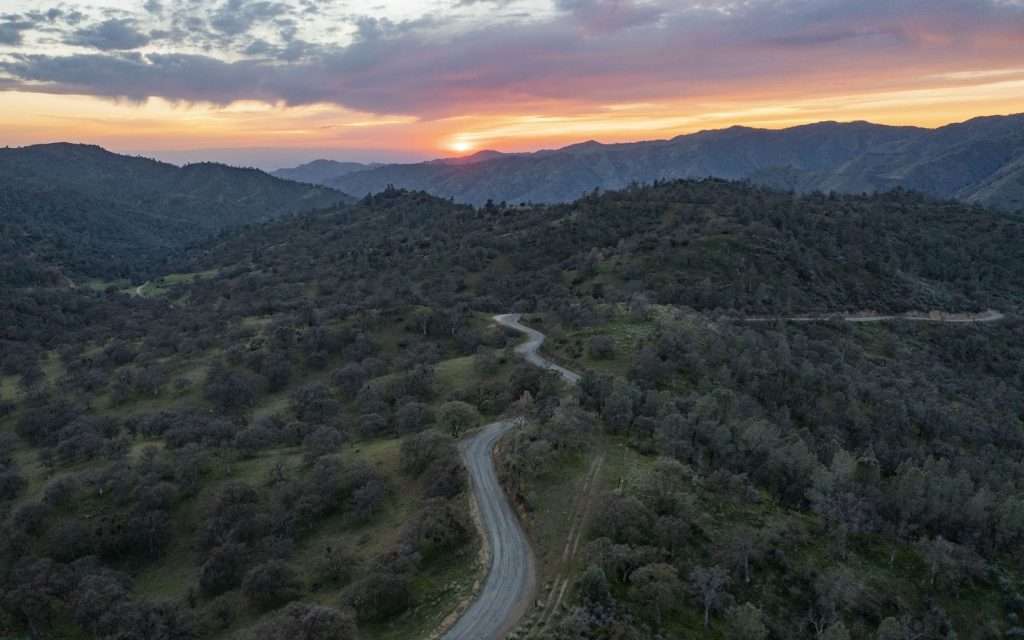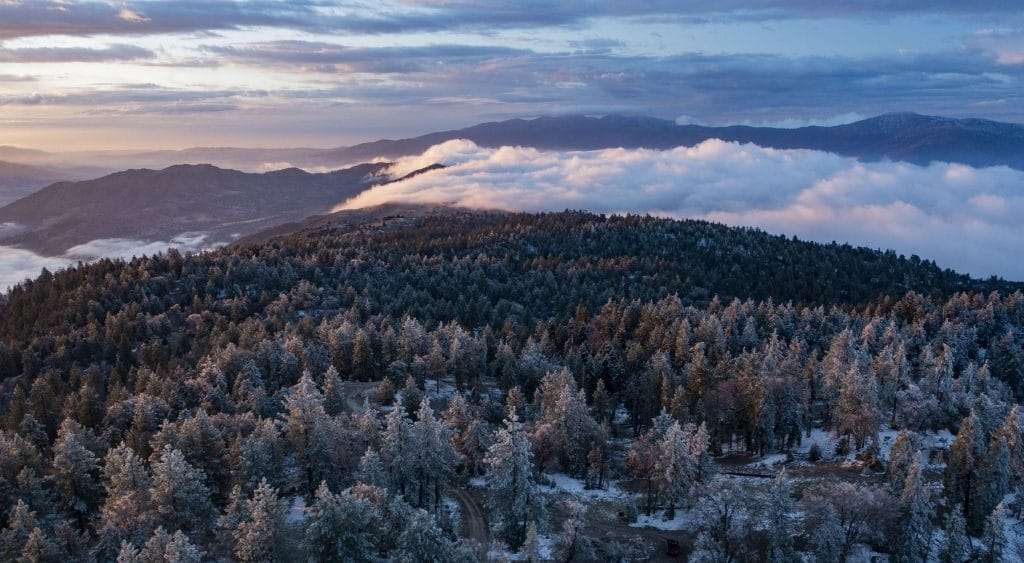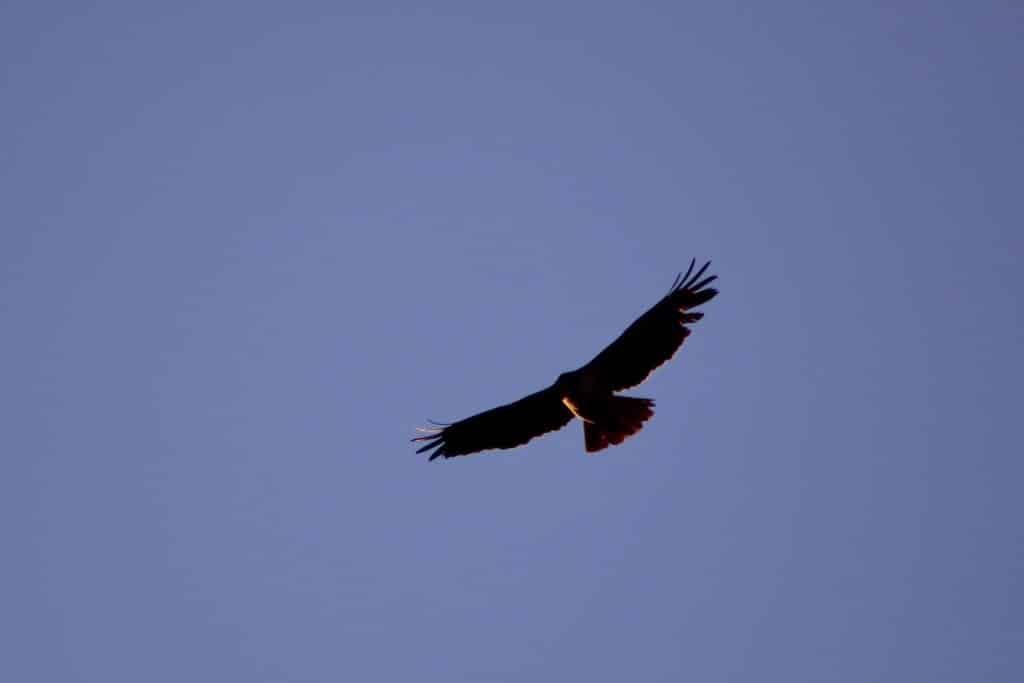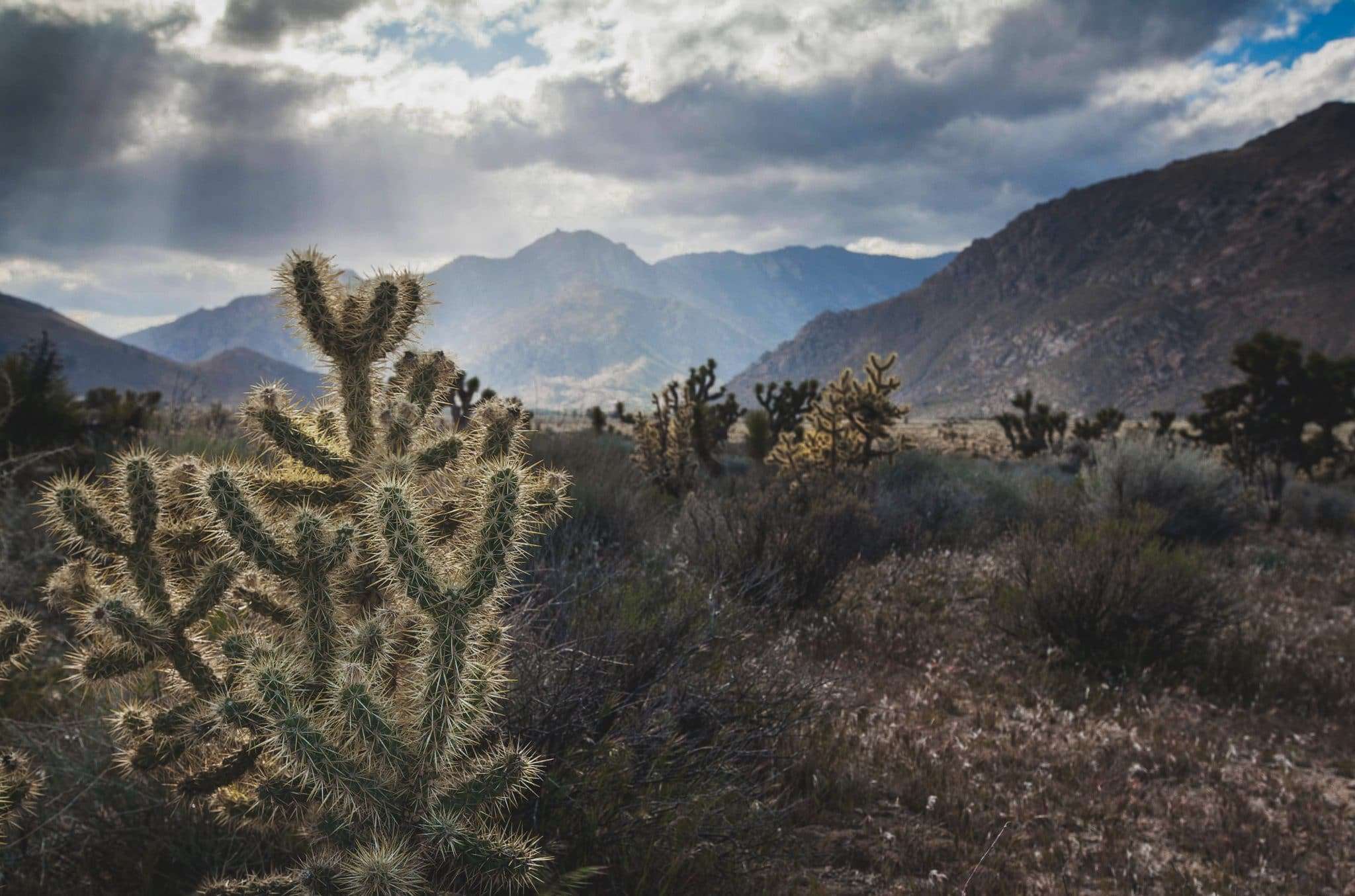Adjoining Northern and Southern California, the Frank and Joan Randall Preserve is five times the size of Manhattan and serves as a critical function to the state’s wildlife.
Spanning more than 72,000 acres across the Southern Sierra Nevada and Tehachapi Mountains, the new Nature Conservancy preserve is its largest in California.
“Preserving open space has long been a passion of ours,” Frank Randall said in a statement. “Once it’s gone, it’s gone. This area was under threat but, together with The Nature Conservancy, we’re doing everything we can to make sure this beautiful and ecologically diverse part of our state can stand the test of time for generations to come.”
The Frank and Joan Randall Preserve
The southern tip of the preserve starts about 100 miles north of downtown Los Angeles, allowing wildlife movement from the Sequoia National Forest to the Tejon Ranch, from the Southern Sierra Nevada range down to Castaic, to the east-west Transverse Ranges to the Peninsular ranges.
According to The Nature Conservancy, the new corridor is one of the most important in North America as it completes an “intact network of open space lands from Canada to Mexico.” The preserve will protect wildlife from the accelerating impact of climate change and habitat loss. The preserve will allow rare, threatened, and endangered species to move and adapt to a changing environment.

“What is striking about the Randall Preserve and this area of the Tehachapis is not only its rugged beauty, but also its unique topography. It goes from these very high elevations where you can see snow, all the way down to the Mojave Desert and the Central Valley, and everything in between,” Mike Sweeney, Executive Director of The Nature Conservancy in California, said in a statement. “This preserve will also ensure a much-needed corridor for wildlife, like endangered mountain lions to the south, so they can mix and move, migrate and adapt.”
Habitat loss and fragmentation, coupled with the increasing number of extreme climate events pose everyday threats to California’s biodiversity.
“Crucible of Evolution”
The newly protected area of the Tehachapis has been dubbed a “crucible of evolution” for its diversity. By creating a centralized connectivity hub, the preserve improves the “genetic flow” between species.
The Nature Conservancy has partnered with Caltrans to help study and identify ways to encourage wildlife crossings both under and over California State Route 58 across the Preserve for species including black bears, mountain lions, bobcats, and mule deer. Caltrans will help with retrofitting existing overpasses into wildlife crossings. It will also provide protective fencing to keep animals off the highway.

The Frank and Joan Randall Preserve was made possible with $65 million in funding, including a $50 million gift from the Randalls, southern California-based environmentalists.
“In my lifetime, I have witnessed massive changes in the state of nature and have seen open spaces disappear across Southern California,” Frank Randall told the LA Times last year. “Time is not on our side. We need to act now.”
“That’s why Joan and I are so excited to see this Preserve come to fruition,” he said, “and to know we made every effort to ensure this special place will be here and in good hands now and into the future.”
California Wildlife
According to the Nature Conservancy, the new preserve protects 28 sensitive species including California condors, golden eagles, mountain lions, slender salamanders, primrose sphinx moths, badgers, legless lizards, and several endangered plants and blue oak trees.

Last summer, all of Los Angeles became a certified wildlife habitat—the largest in the U.S.
“There is so much more just waiting to be discovered in this preserve. Future projects include a full-scale biological survey,” Sweeney told the Times.
“We’ve done an amazing job of protecting a lot of the land between Los Angeles County and the Sierra Nevada range,” Sweeney said. “As beautiful as these lands are, however, they are shadows of their former selves.”


